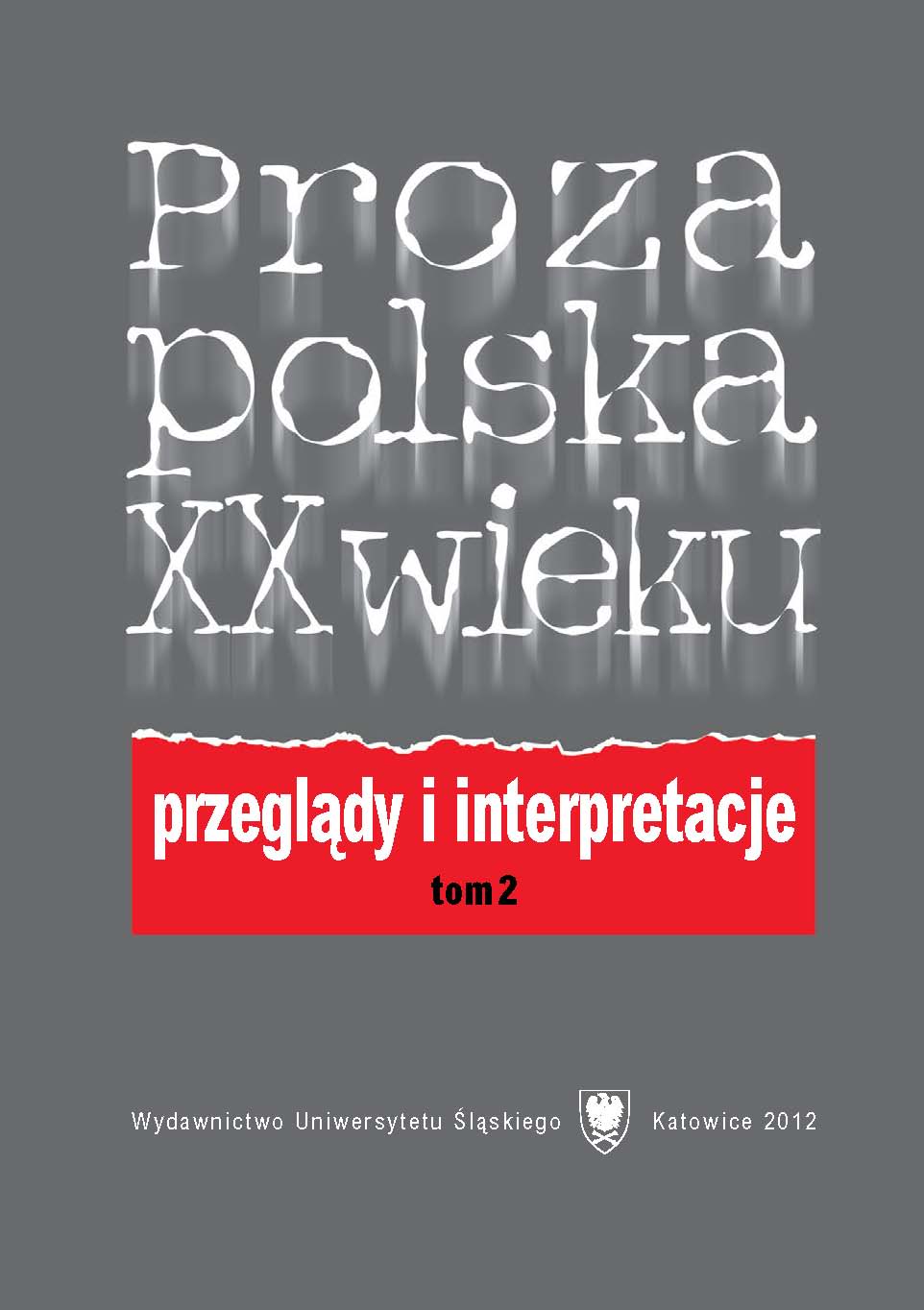
We kindly inform you that, as long as the subject affiliation of our 300.000+ articles is in progress, you might get unsufficient or no results on your third level or second level search. In this case, please broaden your search criteria.

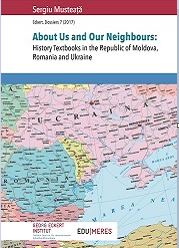
The principal research question pursued by this work is as follows: How do the Republic of Moldova, Romania, and Ukraine present one another in their history curricula and textbooks? How do the history textbooks of each of these three countries present the relationship between majorities and minorities?This book is thus focused on two main objectives: first, to generate improved understanding of the state of the discipline of history in these countries via discussion of reforms to and debates around history curricula in each country, and second, to shed light on the ways in which history textbooks in each of the three countries represent the other two and their peoples.Curriculum development and textbook production in all three countries still remain centralised. Textbooks are produced by state and private publishing houses. Most textbooks are curriculum-based and developed according to the guidelines issued by the Ministries of Education. Through their textbook publishing policy, these ministries control the content and quality of textbooks. History curricula and textbooks in all three countries have progressed, but we still encounter many problems. Among them are the following:• the content of curricula and history textbooks continues to place too much emphasis on national aspects to the detriment of the world, regional, and local dimensions of history;• it reflects the history of wars and violence instead of giving more space to periods of peaceful coexistence, cooperation and cultural communication, or of mutual enrichment between various social groups as well as between nations;• it neglects regional history and cultural and historical links with neighbouring countries;• as it stands, it causes problems in history education and the development of ethnic identity, as well as the relationship between “Us” and “Others”;• it leads to or accepts poor textbook design.The relationship between national and European history remains a closely debated topic in all three societies. Their shared reality, as evidenced by this study, is that all three countries are currently not presenting one another in any meaningful way in their history textbooks at all educational levels. In all three countries, history education and textbooks are dominated by political history and narratives of victimisation. National histories do not pay attention to their neighbours.History textbooks play an important part in the process of collective identity formation, building a relationship with the past and creating an image of the “other”. The content of textbooks determines, in many cases, students' attitudes to their neighbours. Therefore, in order to improve the situation in history education and to develop a tolerant approach to “others” in history textbooks, there is a great need for joint efforts by politicians, professionals and members of civil society in Moldova, Romania and Ukraine.
More...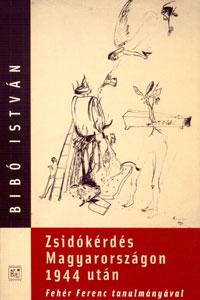
In 1948 in his seminal study “The Jewish Question in Hungary After 1944” István Bibó did draw attention to the role of Hungarian society at large in the implementation of the logic of the Holocaust. Bibó bravely suggested “that the anti-Jewish legislative measures were supported, if not by a clearly visible majority, then at least by a force more massive than their opponents.” What Bibó saw to be a “slippage” from the 1930s onwards resulted in the events of 1944, which Bibó interpreted as evidence of “the moral decline of Hungarian society.” Bibó claims that the opportunities for upward mobility that ‘non-Jews’ seized in 1944 Hungary provided “an appalling picture of insatiable avarice, a hypocritical lack of scruples, or at best cold opportunism in a sizeable segment of this society that was profoundly shocking not only to the Jews involved, but also all decent Hungarians.” This question of postwar remembrance of the Holocaust is of continuing relevance. History is a subject of interest not simply to historians; it has contemporary implications. Whether the Holocaust in Hungary is remembered as a part of or apart from Hungarian history has important implications for the kind of past Hungary remembers. (Tim Cole in Hungary and the Holocaust/Confrontation with the Past/Symposium Proceedings/Center for Advanced Holocaust Studies/United States Holocaust Memorial Museum 2001)
More...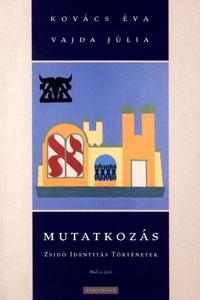
The individual and collective identity of the Jews is a well-established subject of research in sociology, social psychology and social history. This book differs from other studies in exploring Jewish identity through the coexistence of Jews with non-Jews in Hungary. It presents the “Jewishness” of such individuals and families who live in mixed marriages, in which the Jewish origin of one party (be it public or secret) becomes a source of peculiar identities. Through coexistence, Jewishness acquires new meanings ranging from a more intense identity, through abandoning or changing Jewish identity, to self-hatred and latent anti-Semitism. The book examines the changing use of various Jewish symbols, rituals and objects (e.g., Star of David, circumcision, Menorah). It is the first study in Hungary, which deals with the “Jewish identity” of non-Jews, philo-Semitism and pseudo-Jewish identity in mixed marriages. Also, it strives to bring the traumas of the Shoah in public debate by analysing it from the perspective of coexistence. Thereby, the book presents the guilty conscience of the children and grandchildren of the perpetrators, which has not been analysed in Hungary yet. Finally, the rediscovery of Jewish identity, a process that also includes some distancing from that identity is examined in a biographical context – a novelty in Jewish Studies in Hungary as well.
More...
The book contains three Holocaust narratives. They are the recollections of ordinary people whose experiences comprise their sole writing, story and message. The three pieces are not just the narratives of three different fates, but also present three different sociological backgrounds, all characteristic of Hungarian Jewry. And emphasis is placed on three different stages in the Holocaust narrative. Pál Kádár’s story (“A körgyógynapszámos” [The seasonal healer]) presents the life of a village doctor and his family – until their deportation to Auschwitz. The narrative featured in the collection’s title (Kornélia Terner: “Az út szélén” [At the edge of the road]) describes all three stages: the uprooting of a Jewish rural household, the events at Auschwitz, and the emotional difficulties of readjusting to ordinary life under the communist system, as well as the wounds that would not heal and finally the outburst after the last political upturn in 1989. Júlia Fodor-Wieg’s piece “Ezekből az emlékekből fogok élni” [I am going to live on these memories] describes the Holocaust as it was experienced by upper-middle-class Jews. The other great Hungarian narrative on the Holocaust is the hunt for men in the jungle of Budapest. The focus of her story continues until her departure from Hungary in 1957. She tells of the demise of a plundered Jewish middle-class, a great and credible document of the will and capacity for life. All three pieces bring us closer to ordinary people who are also heroes. Visual records of the destroyed world illustrate the book. In the epilogue The Holocaust as Narrative, János Kőbányai, who collected the memoirs, analyses and typifies the Hungarian Holocaust as a historical and cultural phenomenon on the lines of Imre Kertész’s “great narrative”.
More...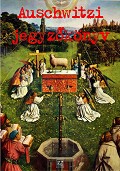
The Auschwitz Memorandum is the fundamental text of the last century. Two Auschwitz concentration camp inmates who escaped on April 1944 from the largest Nazi death factory wanted to tell the world the bad news in order to save the lives of hundreds of thousands. What they really presented was the supreme anatomy of evil that they personally witnessed in full bloom. Our publication is a collection of all the historical documents that reached the world from Auschwitz from 1942 to May 1944. The historian György Haraszti edited the documents and wrote the introductory essay. The Burning Secret is as exiting reading as a mystery novel. With the help of the testimony of Auschwitz inmates the reader learns much about the family of Nicholas Horthy, the inner workings of Zionist organizations as well as the politics of Roosevelt, Churchill and the Pope. Janos Kobanyai’s The Auschwitz Gospel asks the question of how the Auschwitz Memorandum could save only the majority of the Jews of Budapest? His investigating essay, which concludes our volume, is a dramatic presentation in a world historical setting. The secret was out and as a result many escaped death but since the news was not fully aired many more met their end in the gas chambers of Auschwitz.
More...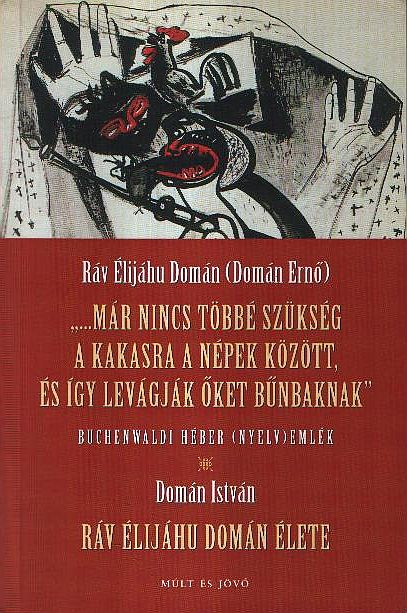
This publication is the translation of the original Memories of Ráv Élijáhu Domán (Domán Ernő), written in Hebrew. The original document is saved and stored in Yad Vashem, The Holocaust Martyrs' and Heroes' Remembrance Authority . The translation and has been made by István Domán, the son of Ráv Élijáhu Domán, in September-October 2004.
More...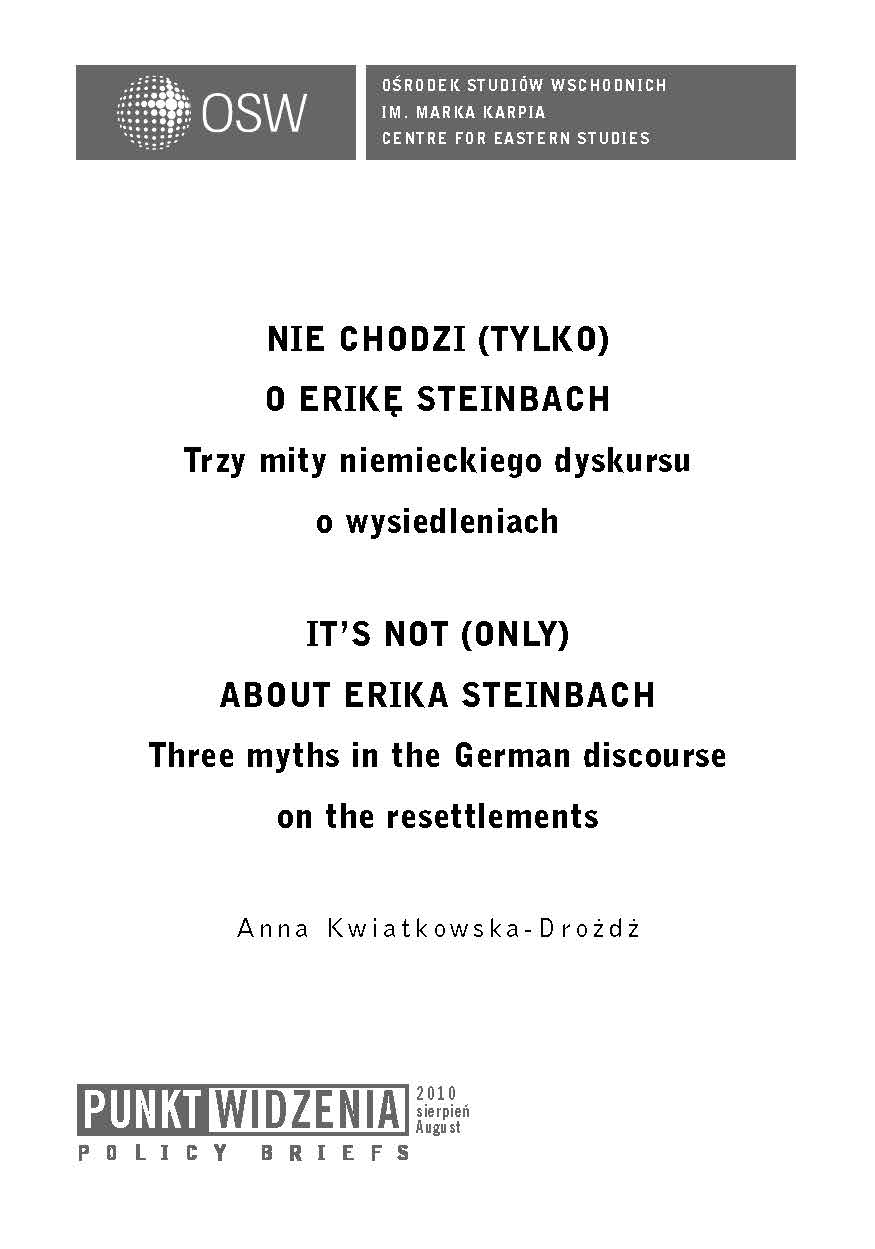
The activity of the Federation of Expellees (German: Bund der Ver triebenen, BdV) and its chairperson Erika Steinbach, including efforts aimed at establishing the Centre Against Expulsions1 (ZgV) have been and will continue to be a source of controversy in Germany’s domestic policy, as well as in Polish–German and Czech–German relations. Steinbach has become a central figure in German inter-party conflicts and in disputes with the country’s immediate neighbours. In her efforts to gain more publicity for injustice and suffering in the German past she has resorted to controversial methods and has thus latched onto another stage in the historical debate on the consequences of World War II. This time it is related to and interpreted from the point of view of the German victims.
More...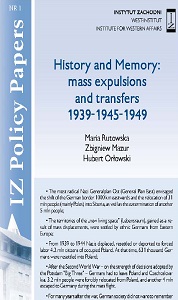
2008 was a year of a lively discussion on ways to commemorate and present the common Polish-German history both in Poland and Germany. It was triggered by the government of the German Federal Republic which undertook steps to determine how to commemorate the forced resettlement of Germans after the Second World War, and proposed the “Visible Sign” Centre Bill to regulate the foundation and status of the memorial against the flight and expulsion (Sichtbares Zeichen gegen Flucht und Vertreibung).
More...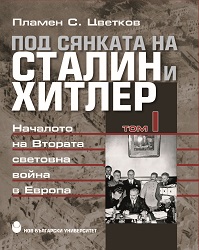
What is World War II? When does it start? These, seemingly, easy to answer questions have a surprisingly too many diverse answers. Compared to Word War I, the later is subject to much more unpopular views, in both, public and specialized literature.There are too many distortions, subjectivism and deliberate concealment of basic facts. Many are convinced that World War II in Europe started with Germany's attack on Poland, while in reality Poland has been invaded at least 17 days in advance from Germany and then from Russia. For example, few know that the Soviet-Nazi Alliance, signed with the Non-aggression Pact on 23 August 1939, began to act as the closest combat co-operation in the first hours of the invasion of the "Wehrmacht" on September 1.
More...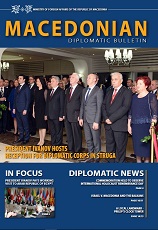
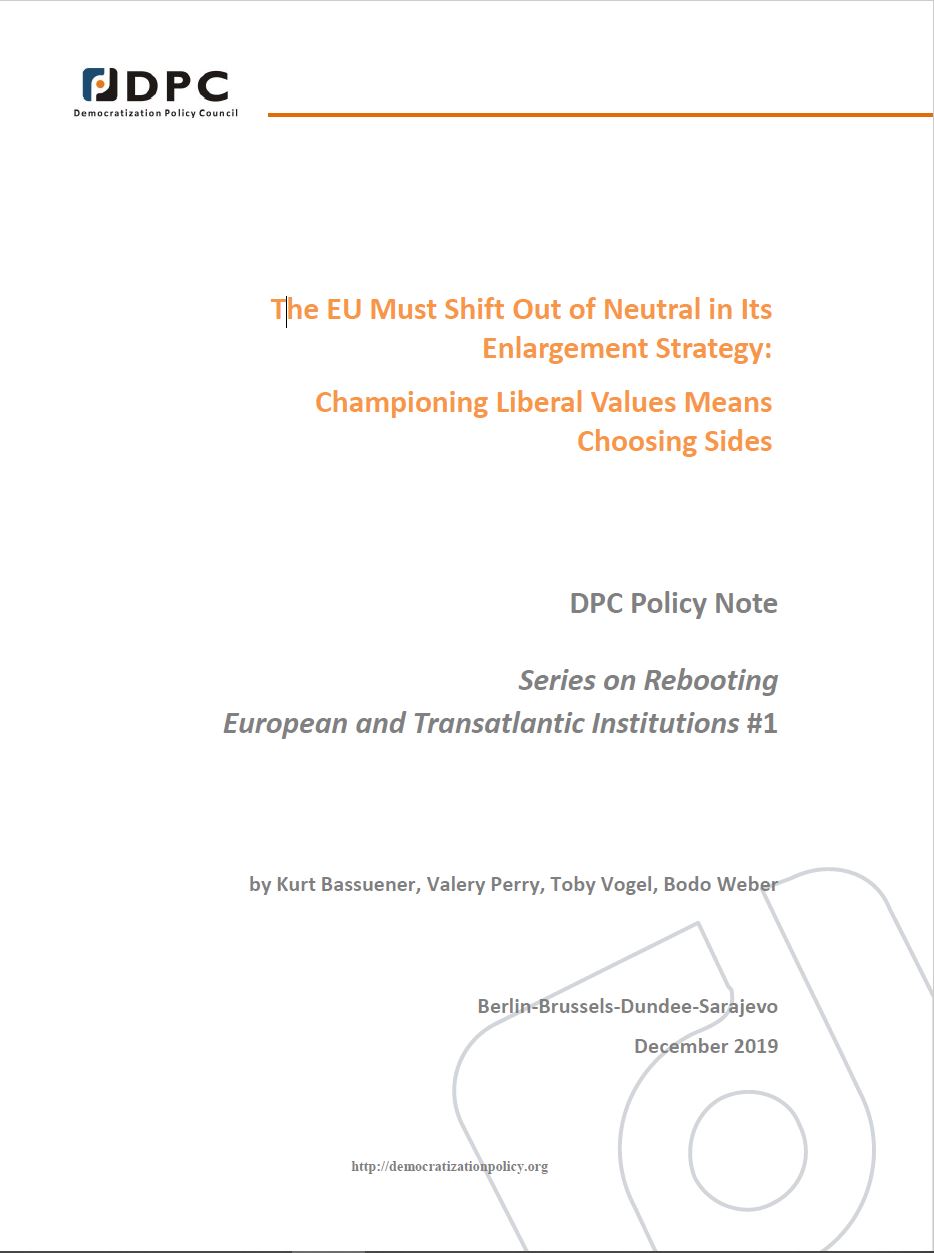
Immediately prior to the November meeting of the EU’s General Affairs Council, France released a non-paper that underscored that the enlargement halt was not really about enlargement at all. The non-paper was rife with contradictions and redundancies. Its main proposed innovation is a rejiggering of the enlargement policy into seven sequential phases. But the document also demonstrated a worrisome elite orientation, and was void of reference to or grounding in the EU’s foundational source code: the primacy of liberal democratic values and standards. This portends ill for Macron’s vision of the EU more broadly ... DPC recommends a different course to EU member states committed to enlargement and the EU-wide reinforcement of liberal democratic values, at a time when they are challenged both within the Union and from east and west. This does not require any major changes to mechanics, mandates, or procedures, but rather a philosophical shift in approaching the countries of the Western Balkans. The 2015-17 breakthrough in North Macedonia demonstrated two things: a) that the EU’s institutional default setting has for too long been on the side of illiberal elites; and b) the reality that in the expansion of a values-focused EU in the Western Balkans, citizens – not elites – are the Union’s real allies.
More...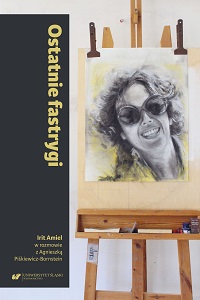
Drawn from conversations with Irit Amiel, the author of the famous Osmalone, Ostatnie fastrygi is, in a sense, her testament, her last, though not final, literary word. Sensing that she is writing for the last time, the writer once again tells her secretary, Agnieszka Piśkiewicz-Bornstein, her own biography and answers a number of previously unasked, sometimes quite uncomfortable questions, but this time she also lets herself be guided into various little alleys – she reveals details about Częstochowa, the ghetto, her first years in Israel, and raising her children. She also dissects the literature of the Holocaust, her relationship with Poland and with God. She is as strong and convincing in her judgments as she is in her feelings. It is also the first time she lets another person get so close to her, which is why Ostatnie fastrygi is also a masterpiece of intimate, long-running conversation, but a very meandering and warm one. The book is supplemented by numerous colour photos from the family album, footnotes, and an afterword.
More...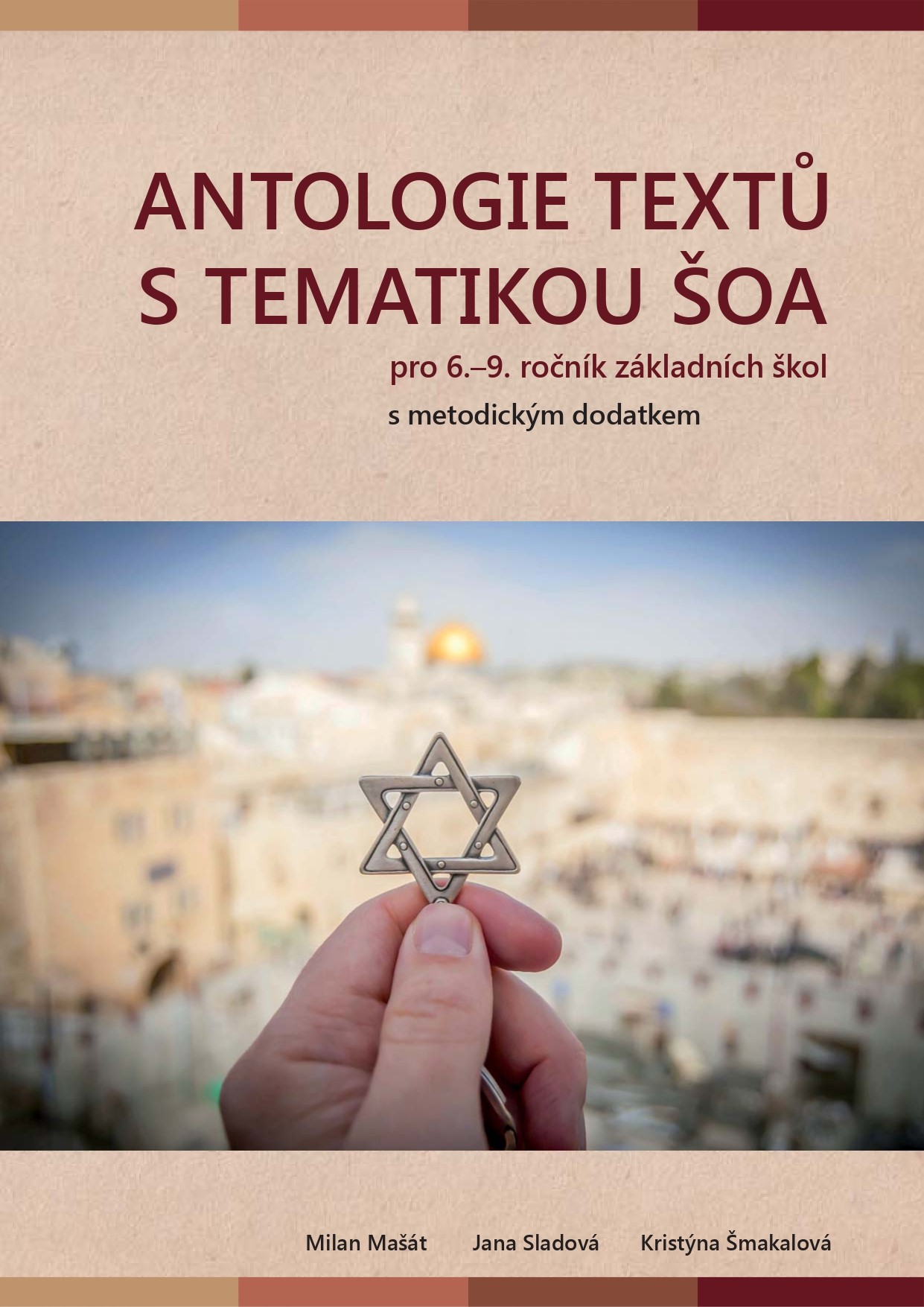
This antholology of texts with the theme of the Shoah for 6.–9. grade of lower secondary schools presents a set of 28 examples, mainly from intentional literature on the given topic. The anthology is designed cross-sectionally for all grades. The selection of samples was verified by means of questionnaires. The samples are equipped with questions and tasks postulated in line with the knowledge of contemporary subject didactics of literature. The anthology is equipped with a methodological appendix, the aim of which is to introduce teachers to the range of possibilities of how to work with the selected examples.The monothematic collection includes a list of other recommended fiction and a list of selected scholarly publications on the Shoah and the didactics of literature.
More...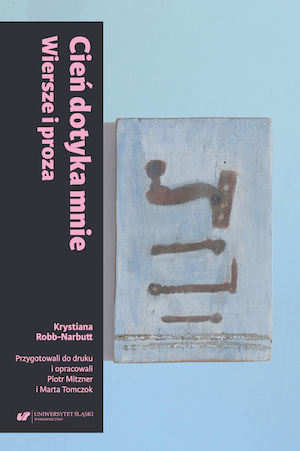
Krystiana Robb-Narbutt is one of the most inspiring and at the same time least known Polish-Jewish artists and poets of the 20th and 21st centuries. She created prints, installations and objects, as well as miniature prose and poems. She exhibited them at Kordegarda and Zachęta, among other venues. In March 1968, she was sentenced to prison for participating in protests and distributing leaflets. The subjects of her work were biography and imagination. The book contains all of Robb-Narbutt’s poems and prose deciphered from manuscripts, as well as their critical consideration. They are supplemented by the voices of literary and art critics as well as friends of the artist.
More...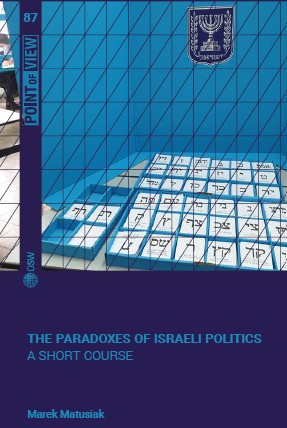
Israeli political life and, more broadly, the way the state operates, are often difficult to understand for the European observer. There are at least four reasons for this state of affairs. First, Israel’s political scene includes many elements that do not exist outside it and for whom analogies are difficult to find. Second, institutional, constitutional and political similarities to European countries are often incomplete and sometimes even misleading. Third, the Israeli reality is characterised by a considerable number of paradoxes, within which phenomena irreconcilable from a European perspective coexist. Fourth, the country’s politics routinely invokes contexts that are highly symbolically and emotionally charged, which paralyse the external observer with their gravity.
More...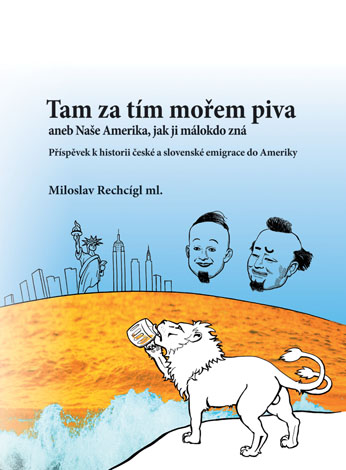
The present publication deals with America as few people know it and as Voskovec and Werich sang about it in their popular sessions, and it is based on the author's lifelong ant research. It focuses on the history of emigrants from the historic Czech lands and Czechoslovakia and covers the period from the discovery of the New World to the present day. It includes not only the United States, but also Canada and Latin America. Individual sections deal with the pioneers, the arrival and settlement of immigrants in various states and regions of the Americas and the establishment of Czech centers and communities, the public and social activities of the settlers, and the various types of immigrants and their contributions to the Americas. Although they were not numerous in number compared to other ethnic groups, their contribution to America was phenomenal.
More...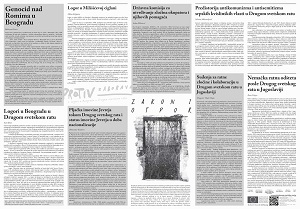
1. Genocid nad Romima u Beogradu 2. Logori u Beogradu u Drugom svetskom ratu 3. Logor u Milišićevoj ciglani 4. Pljačka imovine Jevreja tokom Drugog svetskog rata i status imovine Jevreja u doba nacionalizacije 5. Državna komisija za utvrđivanje zločina okupatora i njihovih pomagača 6. Predistorija antikomunizma i antisemitizma srpskih kvislinških vlasti u Drugom svetskom ratu 7. Suđenja za ratne zločine i kolaboraciju u Drugom svetskom ratu u Jugoslaviji 8. Nemačka ratna odšteta posle Drugog svetskog rata u Jugoslaviji
More...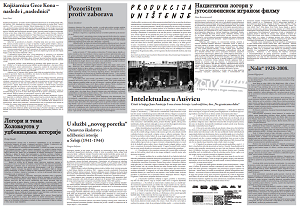
1. Knjižarnica Gece Kona - nasleđe i „naslednici“ 2. Логори и тема Холокауста у уџбеницима историје 3. Pozorištem protiv zaborava 4. U službi ,,novog poretka“ Osnovno školstvo i udžbenici istorije u Srbiji (1941-1944) 5. Нацистички логори у југословенском играном филму 6. Intelektualac u Aušvicu 7. „Nolit“ 1928-2008.
More...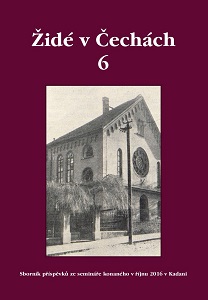
On October 19-20, 2018 in Kadaň, the Jewish Museum in Prague, in collaboration with the State Regional Archive in Litoměřice and the State District Archive in Chomutov, hosted the sixth meeting of archivists, historians, Hebraists, and regional museum workers focused on Jewish history in the Czech Republic, particularly modern issues and border regions' history. The seminar emphasized the Holocaust period and its impact on Jewish communities and individuals, the evaluation of archival sources on Jewish history in Czech archives, and the significance of Hebrew sources, both archival and epigraphic. A notable contribution was a study on Jewish sigillography, extending the seminar's focus further into the past. Not all presented contributions were included in the proceedings, but efforts were made to publish them in a planned seventh issue. The authors are responsible for their studies' content, and the spelling of "žid" or "Žid" is left to their discretion.
More...